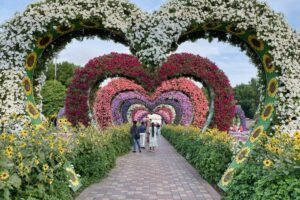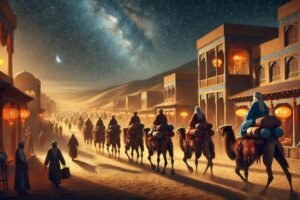Introduction
Japanese folktales have been passed down for generations, weaving together elements of mythology, nature, and morality. These stories, known as mukashi banashi (昔話), often feature yokai (supernatural creatures), wise elders, and heroic figures. They reflect Japan’s deep connection with nature and spiritual beliefs, teaching lessons about kindness, perseverance, and respect.
For those interested in experiencing these tales firsthand, Japan offers many places where you can hear traditional storytelling, from ancient villages to cultural festivals. This guide explores the magic of Japanese folktales and the best places to experience them.
The Themes and Characters of Japanese Folktales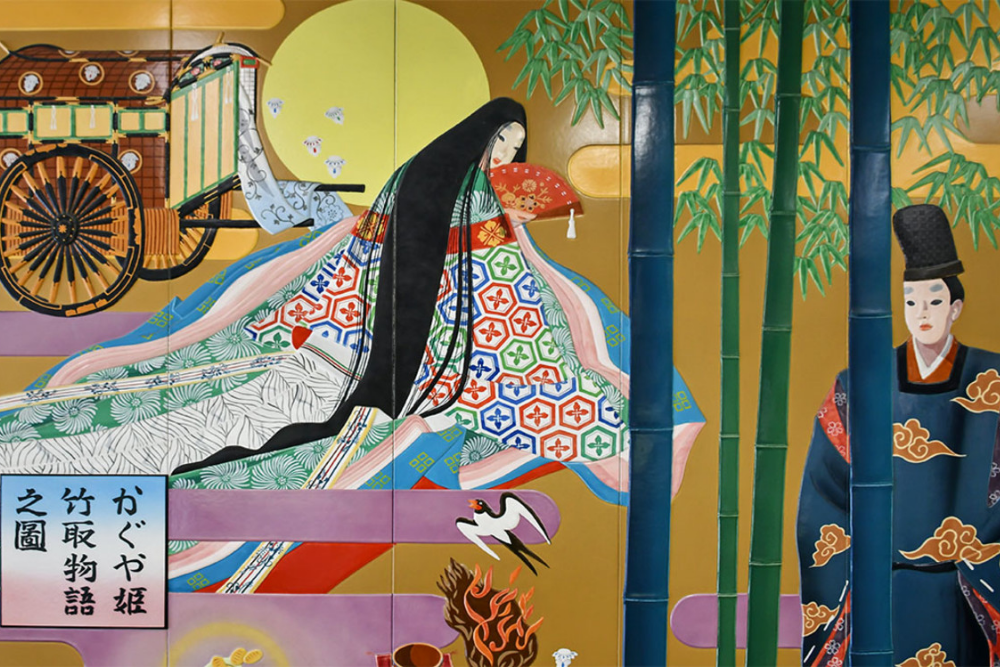
Common Themes in Japanese Folktales
Japanese folktales often follow recurring themes:
- Karma and Justice – Good deeds are rewarded, while selfishness leads to misfortune (The Grateful Crane).
- Bravery and Perseverance – Heroes overcome obstacles through courage (Momotaro, the Peach Boy).
- The Supernatural and Nature – Spirits, animals, and gods influence human lives (The Tale of the Bamboo Cutter).
- Transformation and Curses – Characters change forms, often as a lesson or punishment (The Fox’s Wedding).
Famous Folktale Characters
- Momotaro (Peach Boy) – A brave boy born from a peach who fights demons.
- Urashima Taro – A fisherman who saves a turtle and visits an underwater palace.
- Yuki-onna (Snow Woman) – A mysterious spirit who appears in snowstorms.
- Kappa – Mischievous water creatures with human and turtle-like features.
Where to Experience Japanese Folktales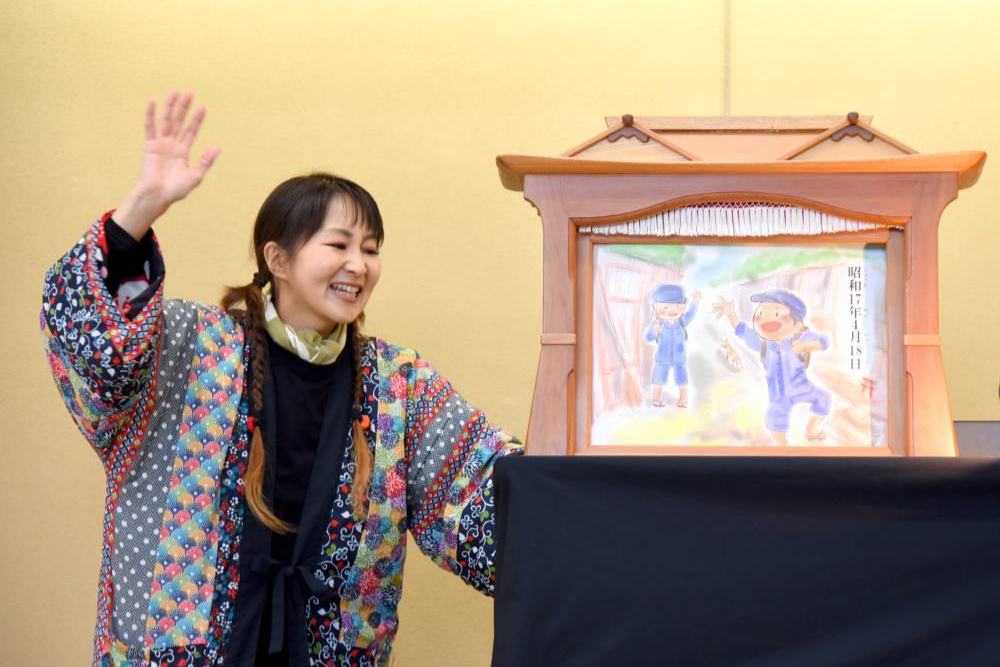
1. Kamishibai Storytelling in Tokyo
Kamishibai (紙芝居) is a traditional form of Japanese street storytelling that uses illustrated boards. While it was once common in the early 20th century, it can still be found in cultural centers today.
Where to Experience It:
- National Diet Library (Tokyo) – Preserves historical kamishibai stories.
- Edo-Tokyo Museum (Tokyo) – Hosts storytelling events about Tokyo’s past.
- Asakusa Culture and Tourism Center (Tokyo) – Occasionally features live performances.
2. Taketori Monogatari Museum (Kyoto)
The Tale of the Bamboo Cutter (Taketori Monogatari) is one of Japan’s oldest folktales, dating back over a thousand years. It tells the story of Princess Kaguya, a mysterious girl found inside a glowing bamboo stalk.
Where to Hear the Story:
- Taketori Monogatari Museum (Kyoto Prefecture) – A museum dedicated to the folktale, featuring storytelling sessions and bamboo crafts.
- Uji City (Kyoto Prefecture) – Believed to be where Princess Kaguya’s story originated, with local storytellers sharing the legend.
3. Tono, the Folktale Capital of Japan (Iwate Prefecture)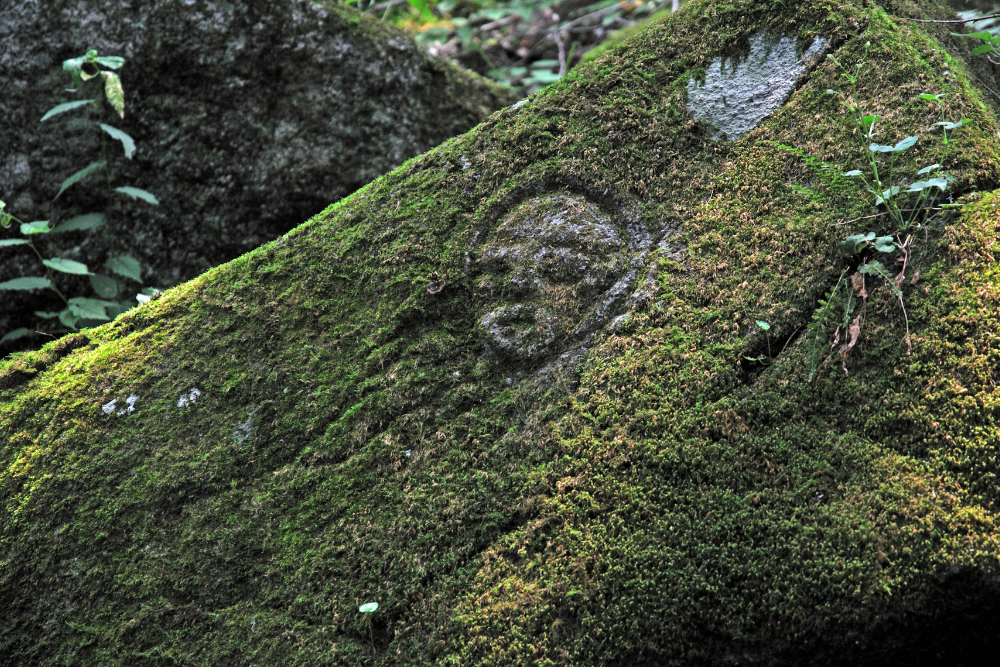
Tono is often called the “Land of Folktales” because of its rich oral storytelling tradition. The town is famous for the Tono Monogatari (Tales of Tono), a collection of supernatural folktales recorded by folklorist Kunio Yanagita in 1910.
Where to Hear the Stories:
- Tono Folktale Museum – Local storytellers share legends about yokai and spirits.
- Tono Furusato Village – A preserved historical village where traditional storytelling takes place by candlelight.
- Tono Folktale Festival (August–September) – A special event where folktales are performed by elders.
4. Matsue and the Ghost Stories of Lafcadio Hearn (Shimane Prefecture)
Matsue is home to the haunting ghost stories of Lafcadio Hearn, an Irish-Greek writer who documented Japan’s supernatural folklore in the 19th century.
Where to Hear the Stories:
- Lafcadio Hearn Memorial Museum – Features his famous ghost stories such as The Snow Woman and Mujina.
- Matsue Castle Night Ghost Tours – Guides recount eerie legends of spirits that haunt the area.
- Yakumo Koizumi Residence – The former home of Lafcadio Hearn, where ghost story readings take place.
5. Oshika Village and the Legend of the Kappa (Nagano Prefecture)
Oshika Village is deeply connected to the legend of the Kappa, the water-dwelling creatures that play tricks on humans. Locals tell stories of Kappa encounters passed down for generations.
Where to Hear the Stories:
- Kappa Festival (Summer, Nagano Prefecture) – Features storytelling and Kappa-themed performances.
- Oshika Village Storytelling Nights – Elders gather to share ancient village myths.
6. The Firelight Storytelling of Shirakawa-go (Gifu Prefecture)
In winter, Shirakawa-go, a historic village known for its thatched-roof farmhouses, hosts firelit storytelling evenings where folktales are recounted in traditional homes.
Where to Experience It:
- Gassho-Zukuri Farmhouses – Local storytellers recount tales of mountain spirits and ancient village life.
- Shirakawa-go Light-Up Festival (January–February) – A stunning setting where folktales are told under a snowfall of lantern-lit skies.
How to Enjoy Japanese Folktales from Home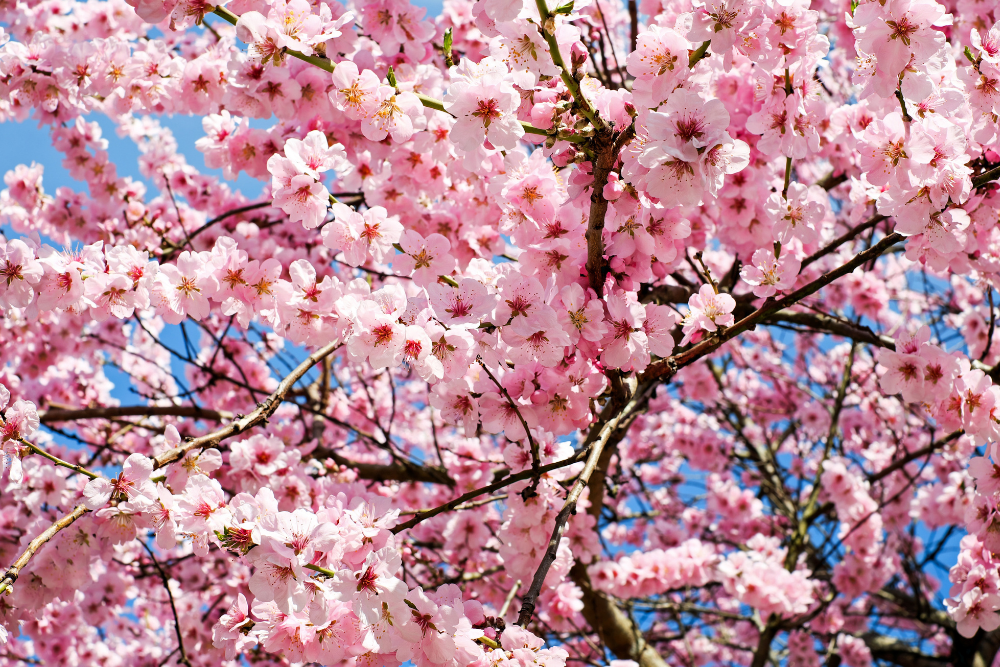
If you cannot visit Japan, there are still ways to experience its folktale traditions:
- Read “Japanese Tales” by Royall Tyler – A collection of traditional folktales.
- Watch “Kaidan” (1964) – A classic film adaptation of famous Japanese ghost stories.
- Listen to Podcasts – Shows like Uncanny Japan share folklore stories and myths.
Conclusion
Japanese folktales are more than just stories—they are a window into the country’s cultural soul, ancient traditions, and deep connection with nature. Whether through kamishibai in Tokyo, ghost stories in Matsue, or firelit folktale nights in Shirakawa-go, these legends continue to captivate listeners and preserve Japan’s storytelling heritage.
For those eager to step into the world of spirits, heroes, and mythical creatures, exploring these storytelling destinations offers an unforgettable journey into the magic of Japanese folklore.





